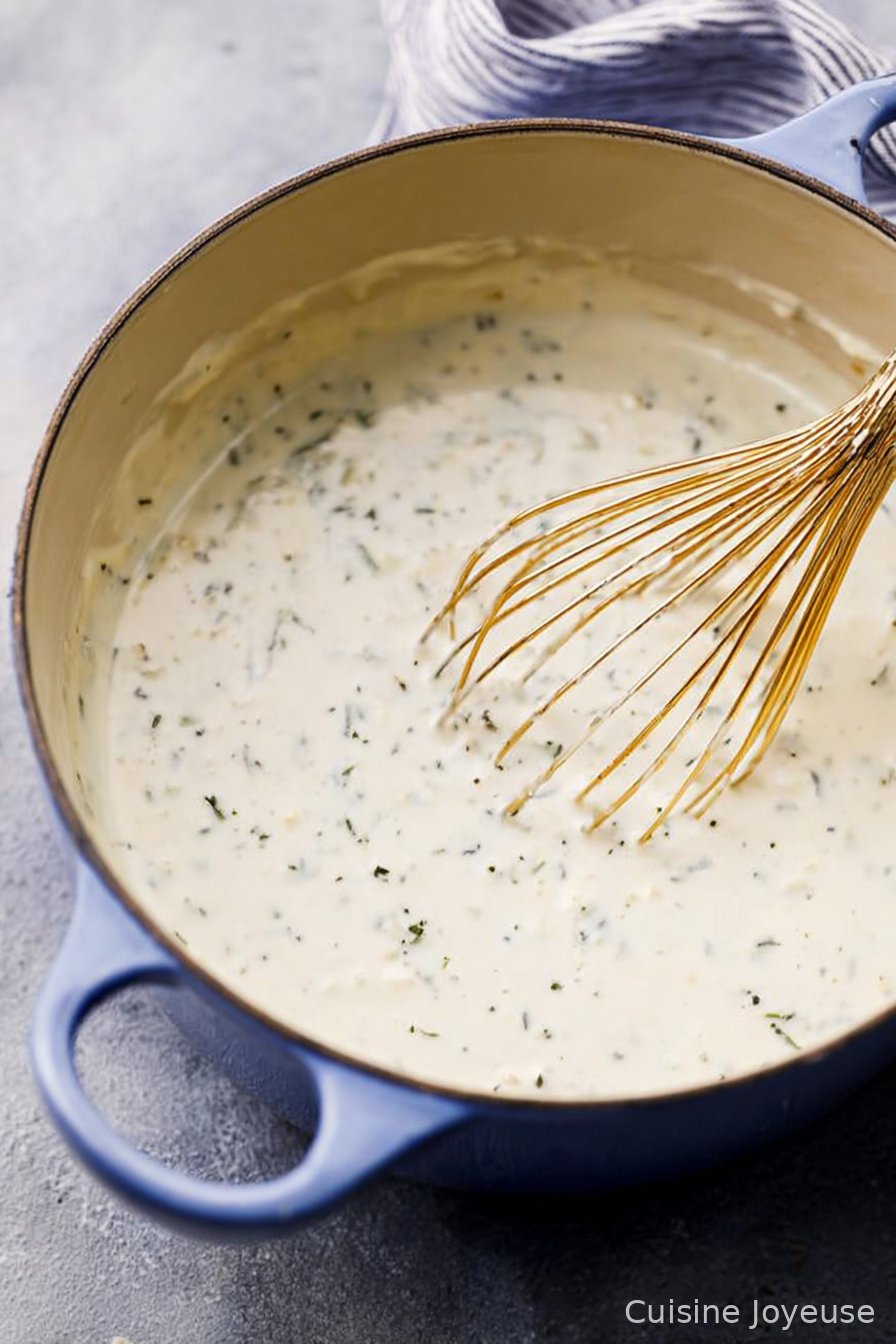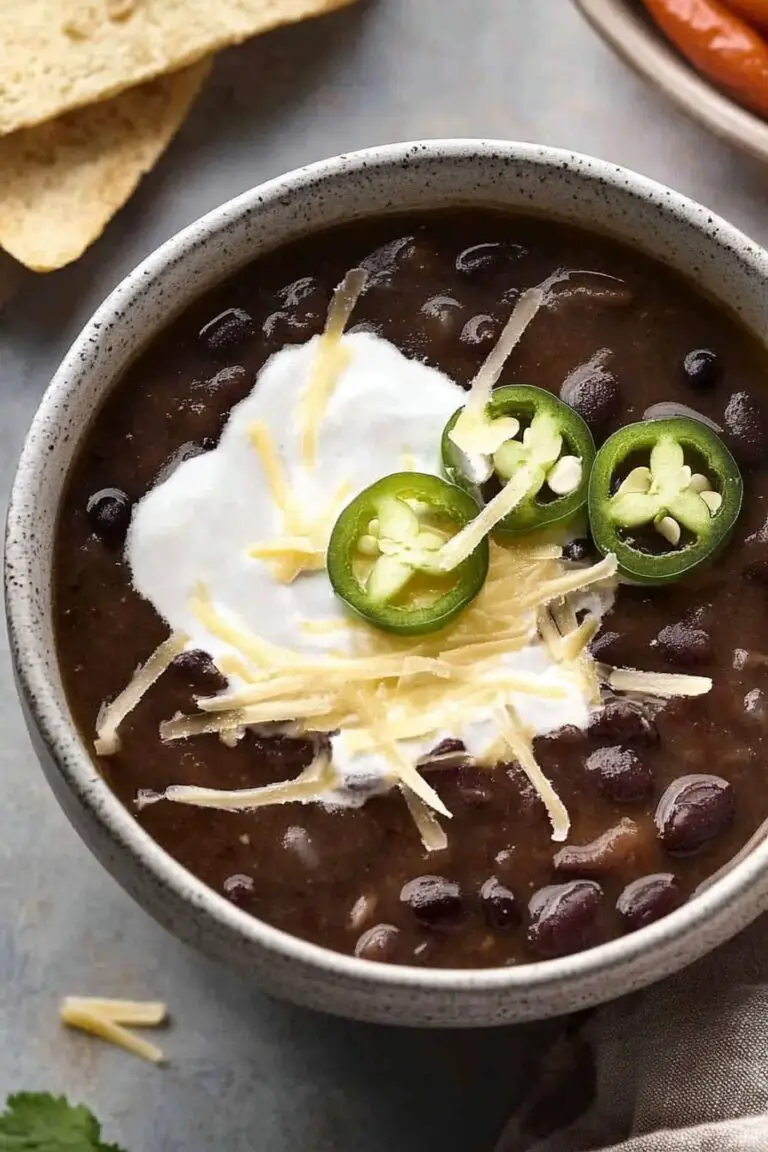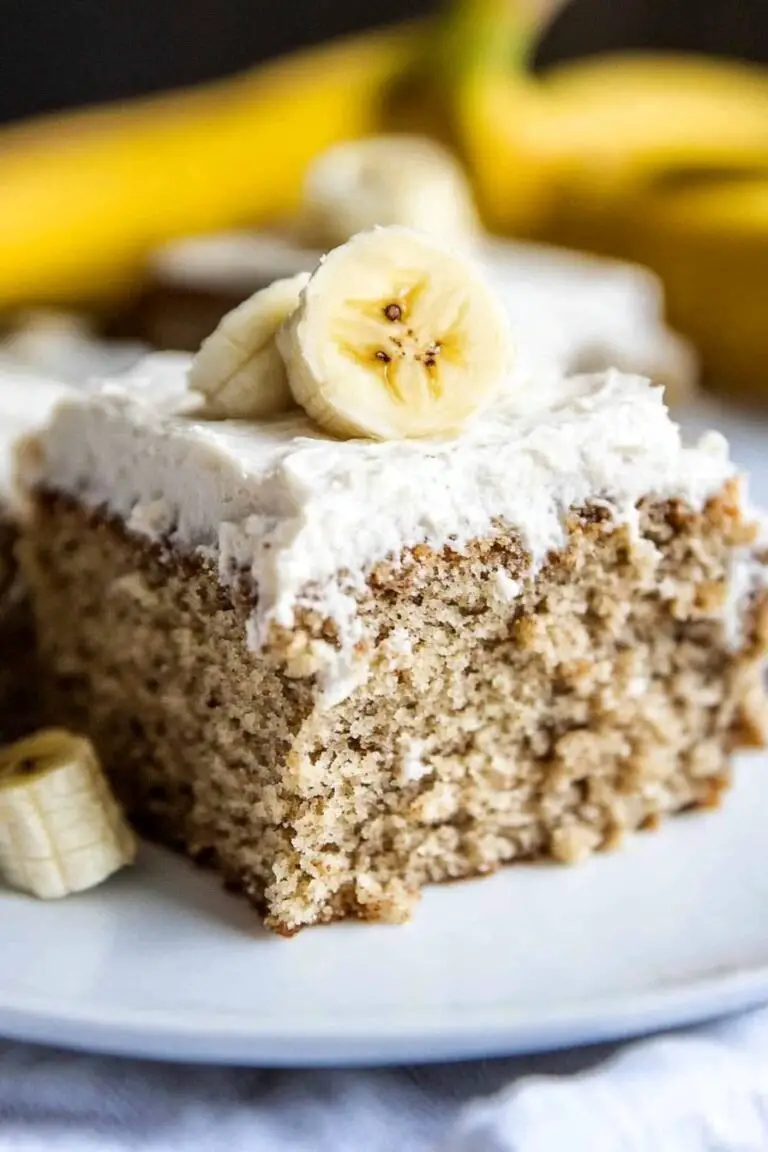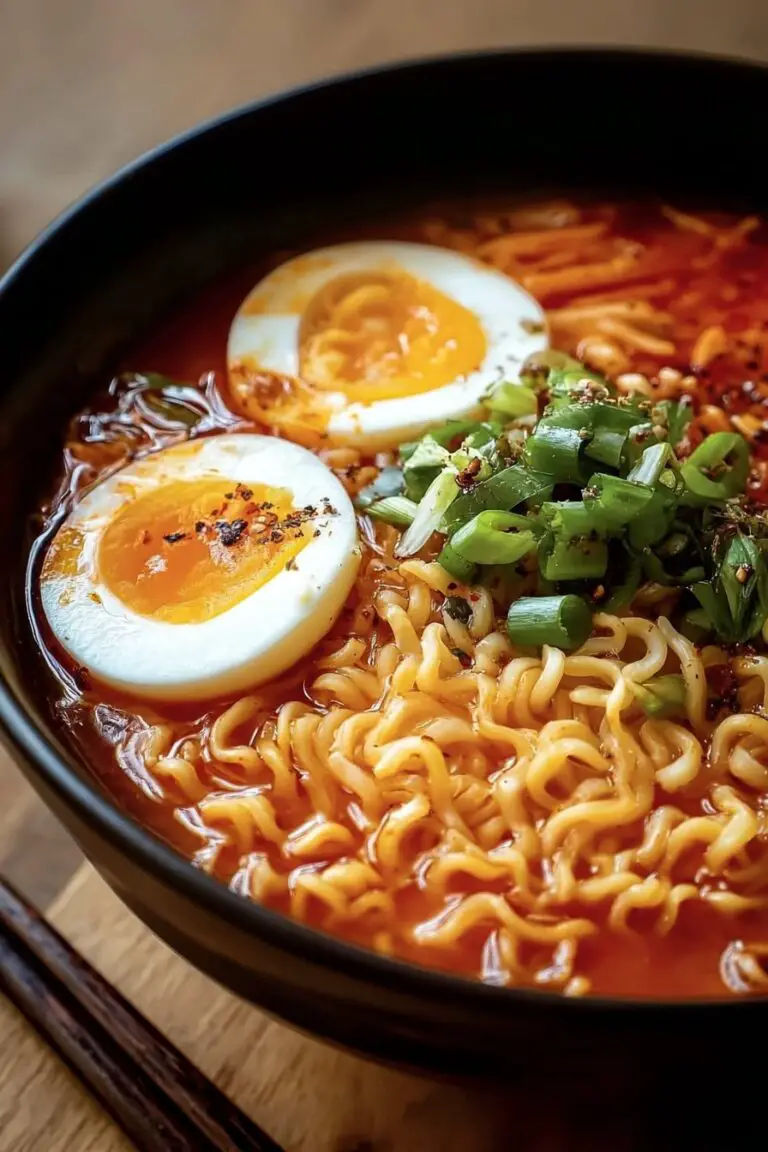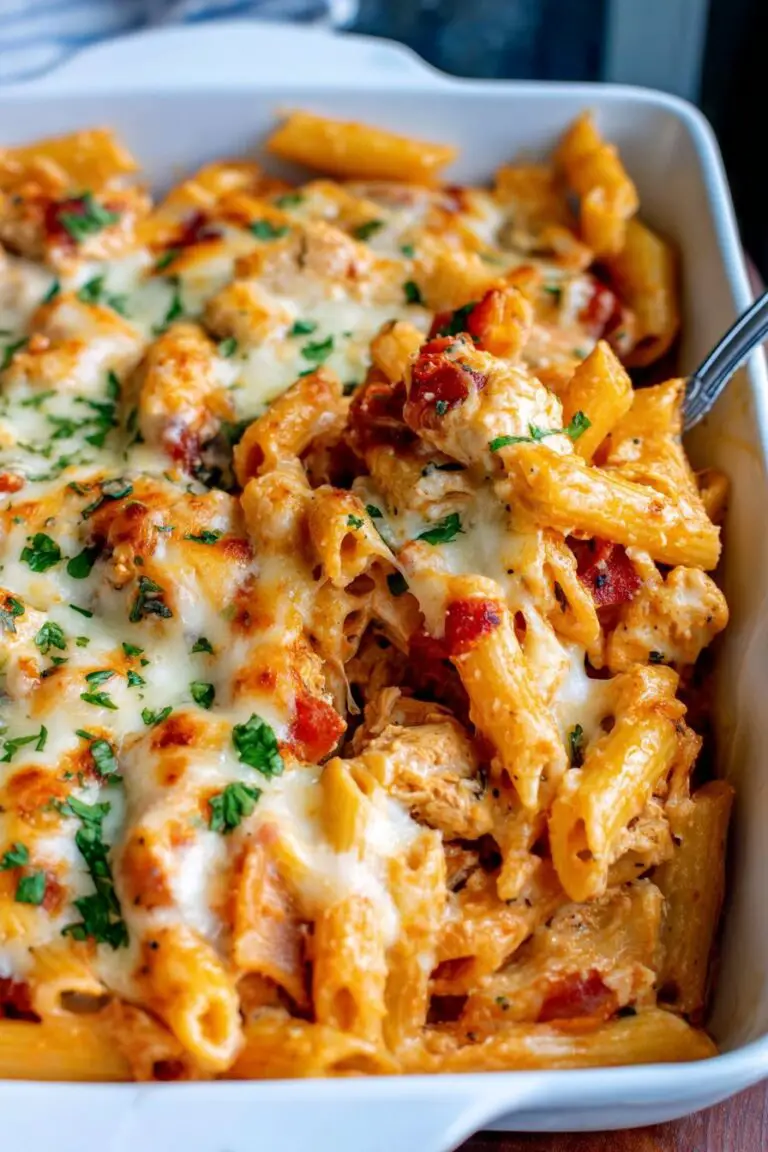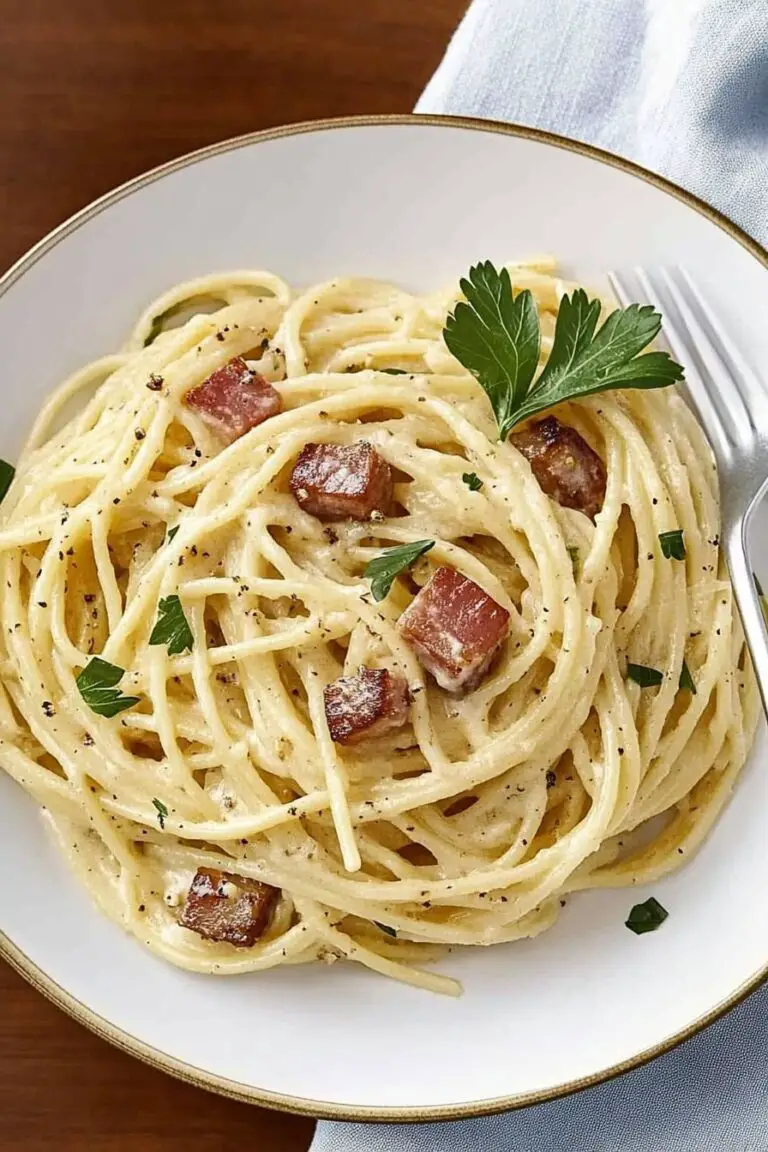Garlic Parmesan Sauce
Why I Keep Coming Back to This Garlic Parmesan Sauce
You know those recipes you make once, fully intending it to be a one-off, but then somehow it sneaks into your regular dinner rotation and before you know it, you’re making it once a week? Yeah, that’s what happened to me with this garlic parmesan sauce. I blame my brother, honestly, because he wouldn’t stop talking about a restaurant version he’d had on vacation. I tried to recreate it just to get him off my back, but now I’m the one craving it all the time! And, side note, if you can ever get fresh local garlic at the farmer’s market, do it—it makes the whole kitchen smell like heaven. Or at least, my idea of it.
Why You’ll Love This (Or At Least, Why I Do)
I make this whenever I’ve got a bag of pasta staring me down at 6pm and zero motivation. My family goes wild for it on roasted veggies (even my niece who claims she “hates broccoli”—she really doesn’t, she just hates plain broccoli). Sometimes I’ll even slather it on homemade pizza or as a dip for fries. Oh, and it’s the hero that saved one disastrous, bone-dry chicken breast dinner from the compost bin. (Not my finest hour, but hey, we’ve all been there, right?)
What You’ll Need (Substitutions Welcome!)
- 3-4 big cloves garlic, minced (I’ve used the jarred stuff in a pinch; not as punchy but still does the job)
- 2 tablespoons butter (honestly, margarine works if that’s all you’ve got—my grandmother never noticed)
- 1 tablespoon all-purpose flour (sometimes I just use a heaping spoonful; don’t sweat it)
- 1 cup milk (whole is best, but 2% is fine—I once used half-and-half and it was almost too rich, if that’s even possible)
- 3/4 cup grated Parmesan cheese (the real deal is nice, but if all you’ve got is the pre-grated shaker kind, go for it. My friend swears by Pecorino Romano in here too)
- Salt and black pepper to taste
- Optional: pinch of red pepper flakes, some chopped parsley, or a squeeze of lemon if you’re feeling fancy
How I Actually Make It (With a Few Side Comments)
- Melt the butter in a saucepan over medium heat. Add your minced garlic and let it cook for about a minute, stirring constantly—don’t let it brown. (This is where I usually get distracted and have to rescue it at the last second. If it gets a bit golden, it’s not the end of the world.)
- Sprinkle in the flour and whisk it right away. Cook for another minute or two to get rid of that raw flour taste, but don’t zone out completely or you’ll end up with a weird paste. (Learned that the hard way; do as I say, not as I do.)
- Slowly pour in the milk while whisking. It’ll look like a lumpy mess at first but keep going—it smooths out. When it’s thickened up (think: sauce, not pudding), this is the moment I sneak a small taste. Just because.
- Stir in the cheese. Keep stirring until it’s all melted and the sauce is creamy. Taste and add salt, pepper, red pepper flakes if you want a little kick, or lemon if you’re feeling zesty. (Or, you know, don’t. I usually forget the lemon until it’s too late anyway.)
- If it thickens up too much, just splash in a little more milk till it’s the way you like it. Actually, I think it’s even better a little loose—it thickens up as it cools.
Some Notes from My (Slightly Chaotic) Kitchen
- I’ve learned this sauce doubles easily but quadrupling is risky—it can get a bit gloppy if you’re not careful. Maybe just make two batches side by side if you’ve got a crowd.
- If you use pre-shredded cheese, it sometimes won’t melt as smooth. Not a dealbreaker but just so you know.
- Actually, I find it works better if you take it off the heat before stirring in the cheese. Helps avoid weird stringiness.
Variations I’ve Tried (And One I Regret)
- Adding a handful of spinach to the butter and garlic step—it wilts right down. Makes me feel like I’m being healthy.
- Roasted garlic instead of fresh for a milder, almost sweet flavor. Super good on mashed potatoes.
- I once tried swapping in coconut milk; honestly, wasn’t my favorite. A little too tropical for my taste, but maybe you’ll like it.
- If you want it thicker, toss in a bit of cream cheese. It goes melty and makes it super velvety.
Equipment Stuff (And a Workaround or Two)
- You’ll want a small to medium saucepan. But if all you’ve got is a frying pan, that works too—just be careful not to let the milk evaporate too fast.
- A whisk is handy but a fork gets the job done (I’ve even used chopsticks, but that’s a story for another day).
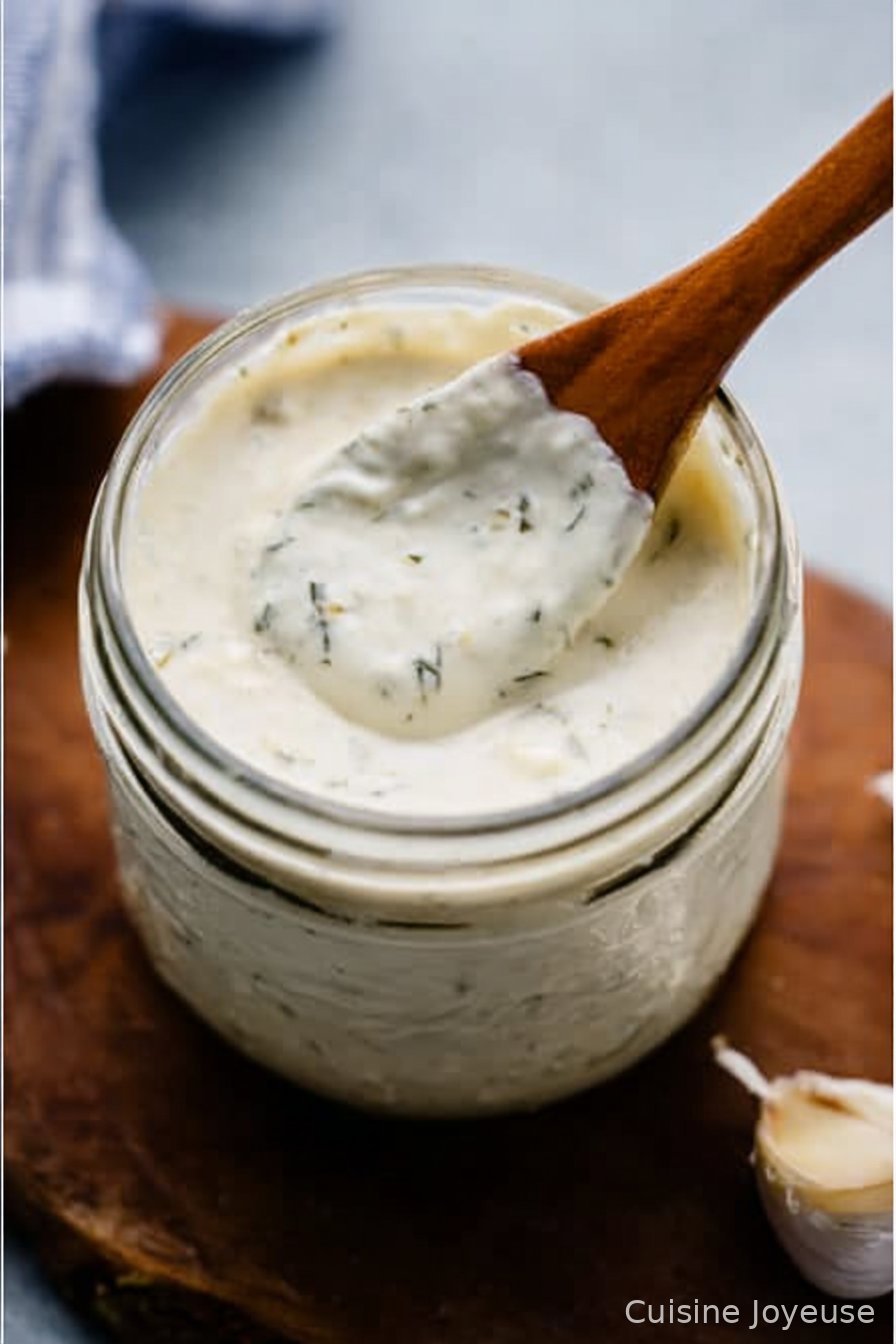
How I Store It (If There’s Ever Any Left)
Just pop it in a sealed container and keep it in the fridge. Technically, it’ll last 3-4 days, but honestly, in my house it never lasts more than a day! If it thickens up, just reheat gently and add a splash of milk. I think it tastes even better the next day—maybe the flavors settle in, or maybe I’m just hungrier then.
How We Serve Garlic Parmesan Sauce Around Here
We pour this over pasta, but it’s also killer on grilled chicken or as a dip for crusty bread (that’s my favorite—especially if the bread is still warm). On pizza night, my cousin uses it as a white sauce base. Sometimes I just eat it with a spoon. Don’t judge.
Stuff I Learned the Hard Way (Aka Pro Tips)
- I once tried rushing the flour step and regretted it because the sauce tasted kind of raw and gritty. Give it the full minute, trust me.
- Don’t dump all the cheese in at once—add it gradually and stir like you mean it. Otherwise it goes all clumpy (the dreaded cheese blob situation).
- And if you accidentally scorch the garlic, just start over. Burnt garlic is nobody’s friend, believe me.
FAQ (Real Questions I’ve Gotten!)
- Can I make this gluten-free?
Yep, just swap the regular flour for a 1:1 gluten-free blend, or even cornstarch works in a pinch. It’s a little different, but still tasty. - Is this like the Buffalo Wild Wings garlic parmesan sauce?
Sort of, but this one’s creamier and less tangy. If you want the BW3 vibe, try adding a splash of vinegar or a tiny bit of mayo (seriously, it works!). - Can I freeze it?
So, I’ve tried—results are mixed. It gets a touch grainy, but if you rewarm it slow and whisk hard, it comes back together pretty well. - What if I don’t have Parmesan?
I’ve used a blend of cheddar and asiago, or just whatever hard cheese was in the fridge. It’s not exactly the same, but still good! - Where do you get your Parmesan?
Honestly, I just use whatever’s on sale at the supermarket, but if you want to splurge, check this Parmesan buying guide on Serious Eats. And for the garlic, I love this little guide from The Kitchn—I still mess up sometimes, but it helps.
Okay, that’s probably more than you ever wanted to know about garlic parmesan sauce. But if you’re still reading, you’re my kind of cook. And if you find a way to make it even better, I’d love to hear it—unless it involves raisins. Please, no raisins.
Ingredients
- 3 tablespoons unsalted butter
- 5 cloves garlic, minced
- 2 tablespoons all-purpose flour
- 1 cup whole milk
- 1/2 cup heavy cream
- 3/4 cup freshly grated Parmesan cheese
- 1/2 teaspoon salt
- 1/4 teaspoon ground black pepper
- 1 tablespoon chopped fresh parsley (optional)
Instructions
-
1In a medium saucepan over medium heat, melt the butter.
-
2Add the minced garlic and sauté for 1-2 minutes until fragrant, being careful not to brown the garlic.
-
3Whisk in the flour and cook for 1 minute to form a roux.
-
4Gradually whisk in the milk and heavy cream, stirring constantly until the mixture is smooth and begins to thicken, about 3-4 minutes.
-
5Stir in the Parmesan cheese, salt, and black pepper. Continue to cook, stirring, until the cheese is melted and the sauce is creamy.
-
6Remove from heat and stir in chopped parsley if desired. Serve warm.
Approximate Information for One Serving
Nutrition Disclaimers
Number of total servings shown is approximate. Actual number of servings will depend on your preferred portion sizes.
Nutritional values shown are general guidelines and reflect information for 1 serving using the ingredients listed, not including any optional ingredients. Actual macros may vary slightly depending on specific brands and types of ingredients used.
To determine the weight of one serving, prepare the recipe as instructed. Weigh the finished recipe, then divide the weight of the finished recipe (not including the weight of the container the food is in) by the desired number of servings. Result will be the weight of one serving.
Did you make this recipe?
Please consider Pinning it!!

